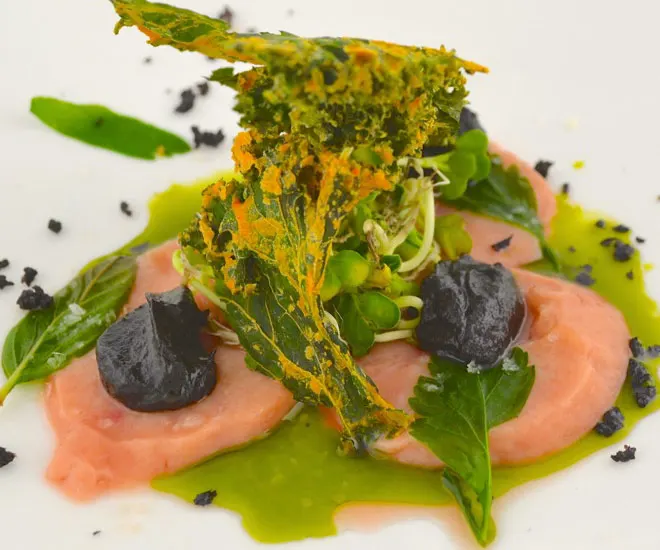Hi experts!
Considering purchasing a yanagiba as my first slicer at some stage in the future. Have some longer gyutos and would like something a bit different. Not looking for a premium honyaki, but something that’s mid range (ie not total garbage and difficult to use or maintain). Not worried about sharpening etc. just yet, as I live near several fantastic knife stores in Sydney that can assist.
Not sure what to look for in terms of steel, edge geometry, weight, dimensions, style etc. curved or mostly straight? Pointed tip, reverse tango tip or sakimaru? Grateful for some pointers. Currently have my eye in these (thoughts would be appreciated) but open to suggestions. Not in a rush, but want to start educating myself.
https://protooling.com.au/products/hitohira-tanaka-manzo-270mm-yanagiba-knife
https://protooling.com.au/products/...-sakimaru-knife-aogami?variant=43905555857661
https://www.knivesandstones.com.au/...ducts/nakagawa-blue-1-yanagiba-270-300-330-mm
Considering purchasing a yanagiba as my first slicer at some stage in the future. Have some longer gyutos and would like something a bit different. Not looking for a premium honyaki, but something that’s mid range (ie not total garbage and difficult to use or maintain). Not worried about sharpening etc. just yet, as I live near several fantastic knife stores in Sydney that can assist.
Not sure what to look for in terms of steel, edge geometry, weight, dimensions, style etc. curved or mostly straight? Pointed tip, reverse tango tip or sakimaru? Grateful for some pointers. Currently have my eye in these (thoughts would be appreciated) but open to suggestions. Not in a rush, but want to start educating myself.
https://protooling.com.au/products/hitohira-tanaka-manzo-270mm-yanagiba-knife
https://protooling.com.au/products/...-sakimaru-knife-aogami?variant=43905555857661
https://www.knivesandstones.com.au/...ducts/nakagawa-blue-1-yanagiba-270-300-330-mm






























